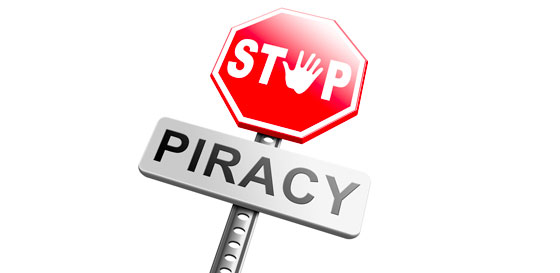
Customs intervened in courier and mail consignments in 3,621 cases last year due to attempts to import fake brand-name goods and designs. In eight out of ten cases, the consignments contained goods from Hong Kong and China.
In line with the trend from previous years, consumers in Switzerland have continued to fall prey to fake goods in 2015, mostly over the internet. Criminal gangs introduce counterfeit goods to the market by making dubious offers on trading platforms, creating online shops specifically for the sale of fake goods and advertising illegal copies over social networks. More than 80 per cent of these fake goods come from Asia.
There is a great need for information concerning online trading in counterfeit goods as is shown by the questions received on a daily basis from consumers by STOP PIRACY. There is considerable uncertainty to a certain degree concerning the features by which counterfeit goods and illegal offers can be recognised on the internet, as well as poor knowledge about the risks that are taken by making such a purchase.
In contrast to commercial goods, customs noted a slight decrease in the number of goods seized in tourist traffic in the past two years. In 2015, customs registered a total of 2,377 cases in which travellers were stopped due to importing counterfeit brand-name goods and designs when returning to Switzerland. In particular, their intervention was often due to hand-bags, luggage, clothing and accessories. At the top of the list of travel destinations from which fake goods were brought into Switzerland is still Turkey (39%) followed by the EU (17%) and Kosovo (9%).
May 04, 2016


 News
News